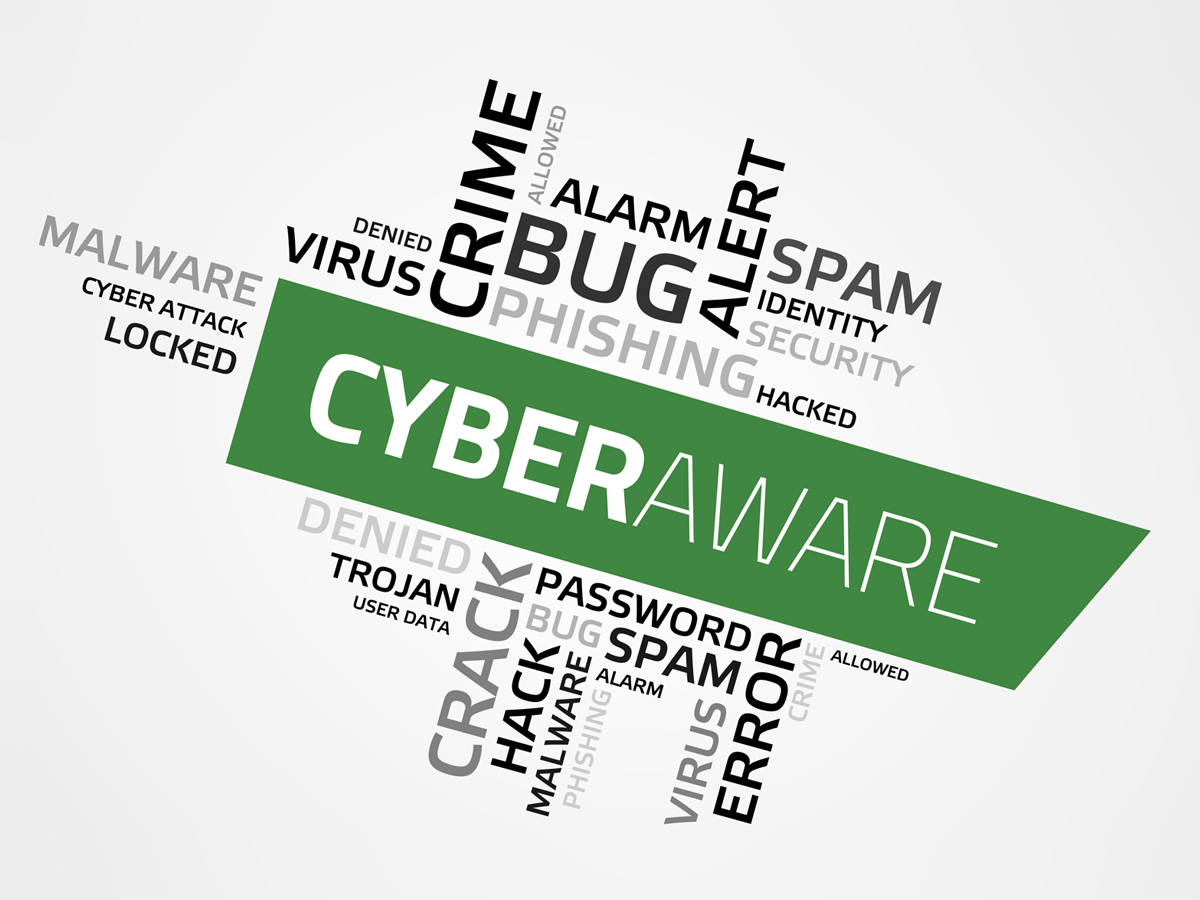As the world continues to become more connected, it’s more important than ever to be “cyberaware.” But what does cyberawareness look like? Being cyberaware means being able to interact safely within cyberspace without falling victim to cybercrimes like identity theft, transaction fraud, hacking, and others you’ve probably heard about in the news.
You might think cybercrime isn’t something that would happen to you. After all, it happens to celebrities and big corporations—headline worthy names that will get people’s attention—but not to ordinary home users or small businesses. But that’s the kind of thinking modern cybercriminals use to their advantage. That’s why we strongly encourage you to educate yourself about internet risks, and learn how you can stay ahead.
October is National Cyber Security Awareness Month, making it the perfect time to discover tools and resources to keep yourself, your family, and your devices safe. Sponsored by The National Cyber Security Alliance (NCSA) and Department of Homeland Security, National Cyber Security Awareness Month exists to encourage vigilance and protection by all computer and device users.
There’s nothing more worthy of protection than your identity and data, and the Webroot team is standing by to help you do just that. In addition to our Webroot Cyberaware Campaign, we’ve compiled a list of other resources for you to access. Be smart. Be safe. Be cyberaware.
Resources






